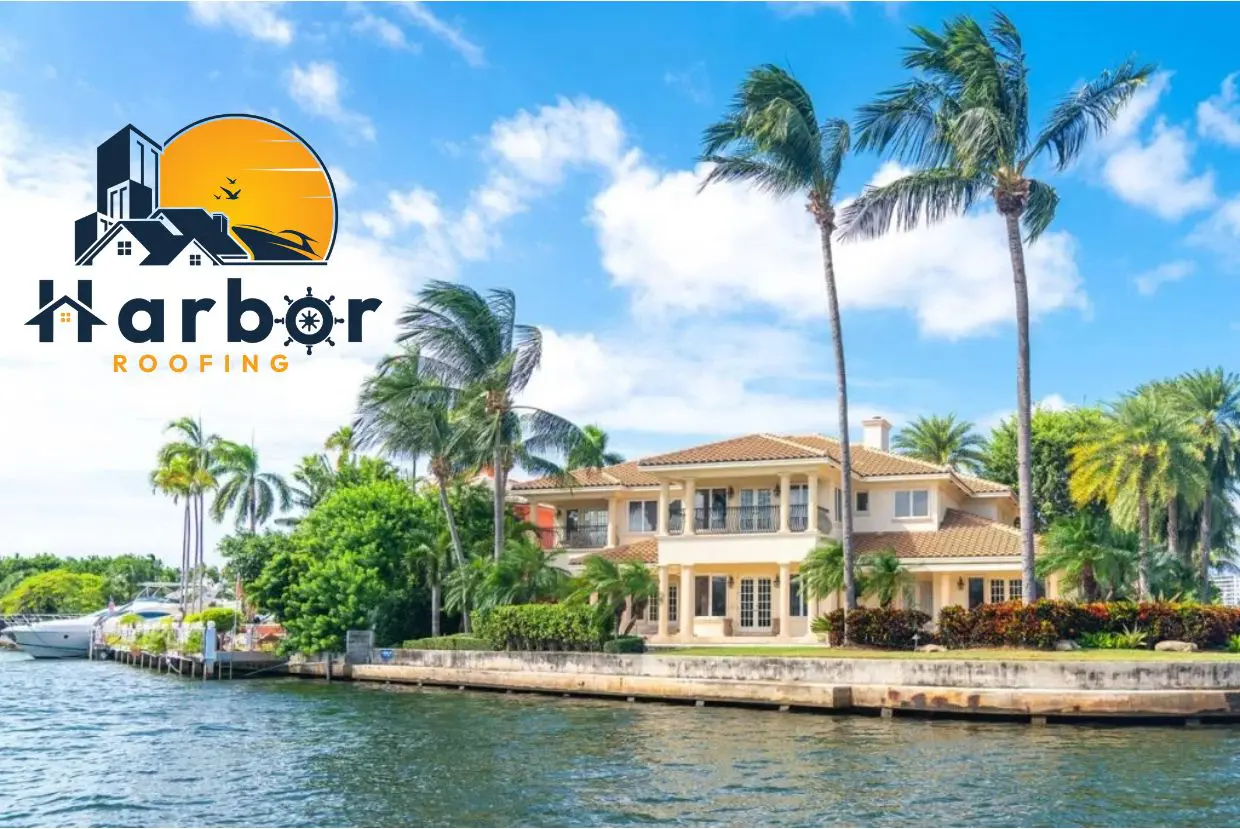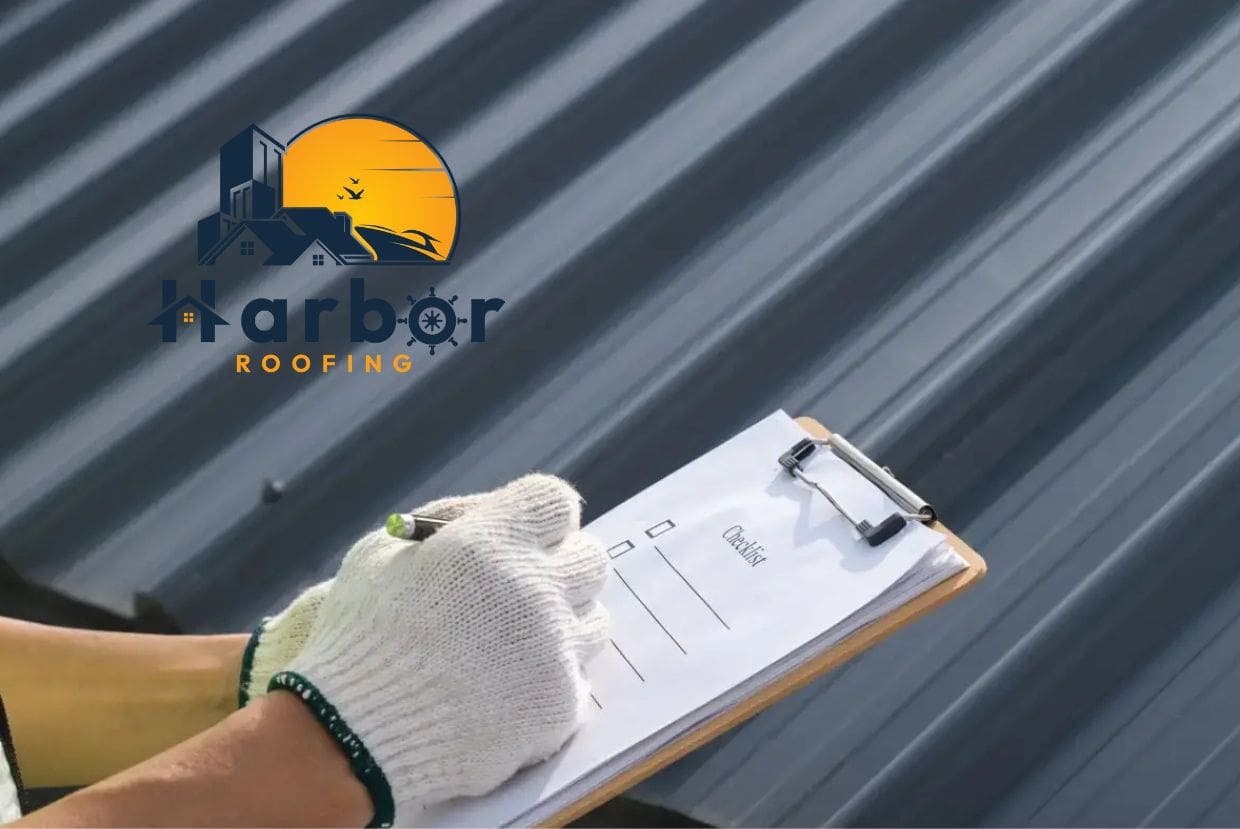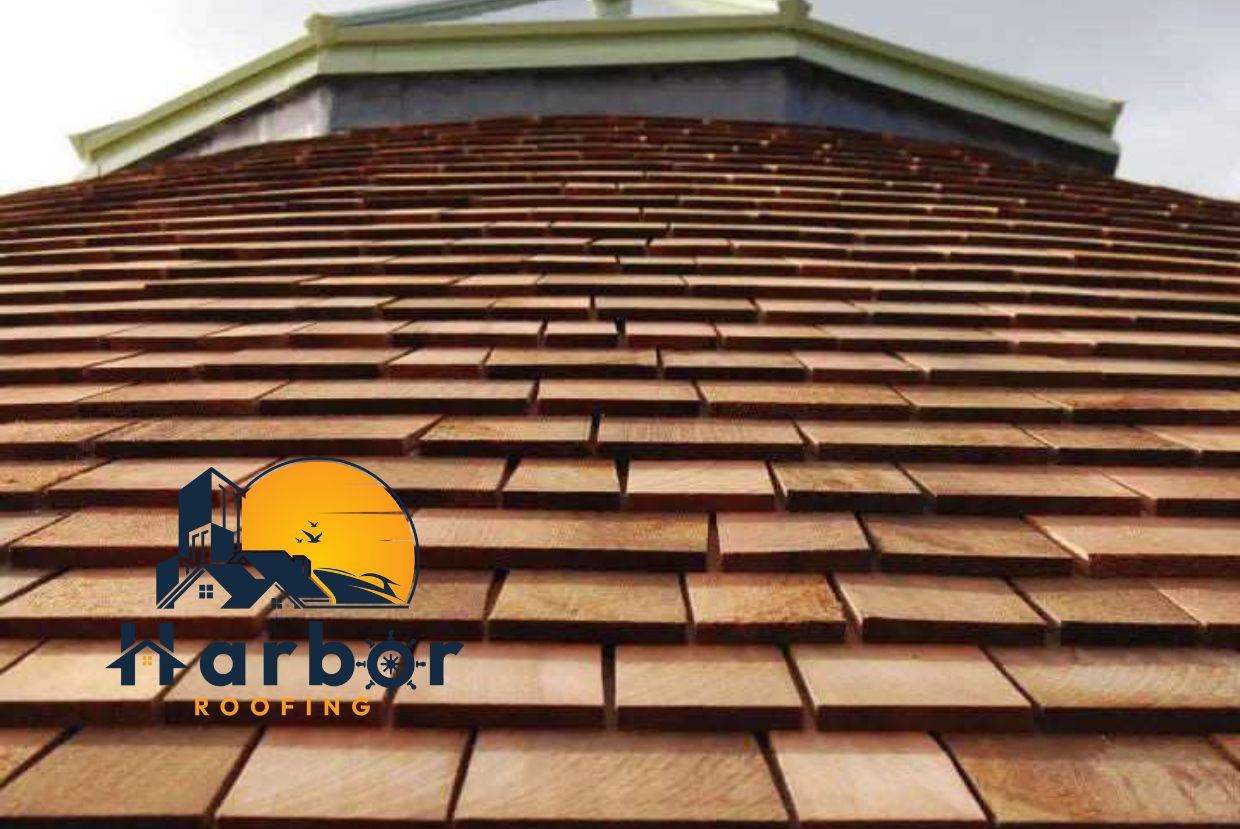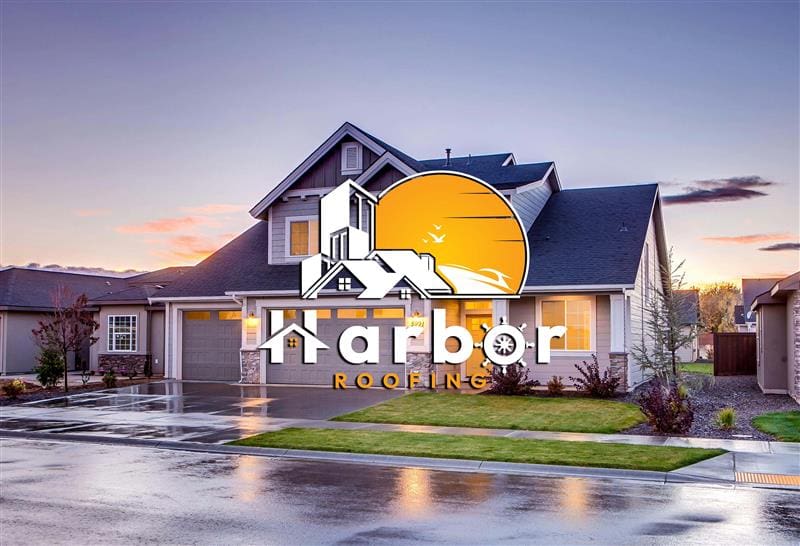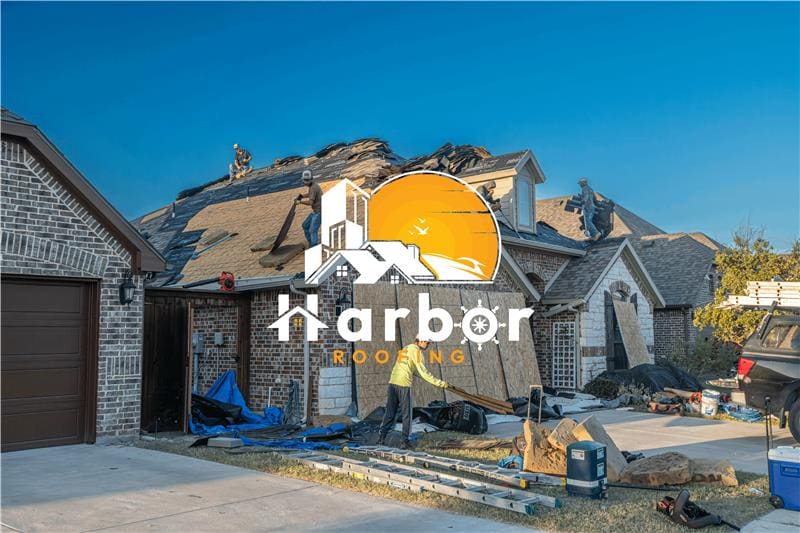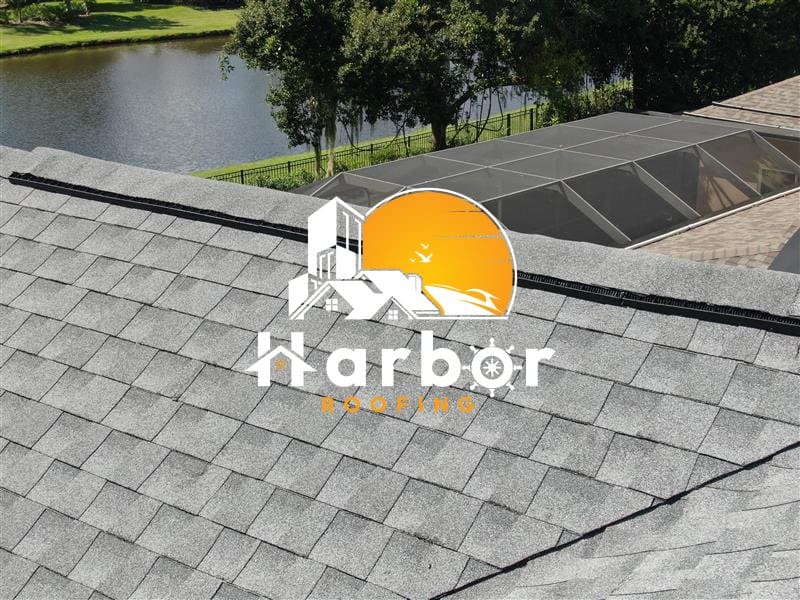Living in waterfront homes in Tampa Bay is beautiful, peaceful, and a little tough on your roof. Homes near the water require materials that can withstand conditions ordinary roofs don’t face, such as salt-air corrosion, strong winds, heavy rain, and intense Florida sun.
Suppose you live in Brandon, Valrico, Apollo Beach, Riverview, or anywhere along Tampa Bay’s coastal edge. In that case, choosing the right roof is one of the best investments you can make for your home’s long-term protection.
Let’s discuss the best roofing options for waterfront homes and why they work so well.
Top 5 Roofs for Waterfront Homes in Tampa Bay
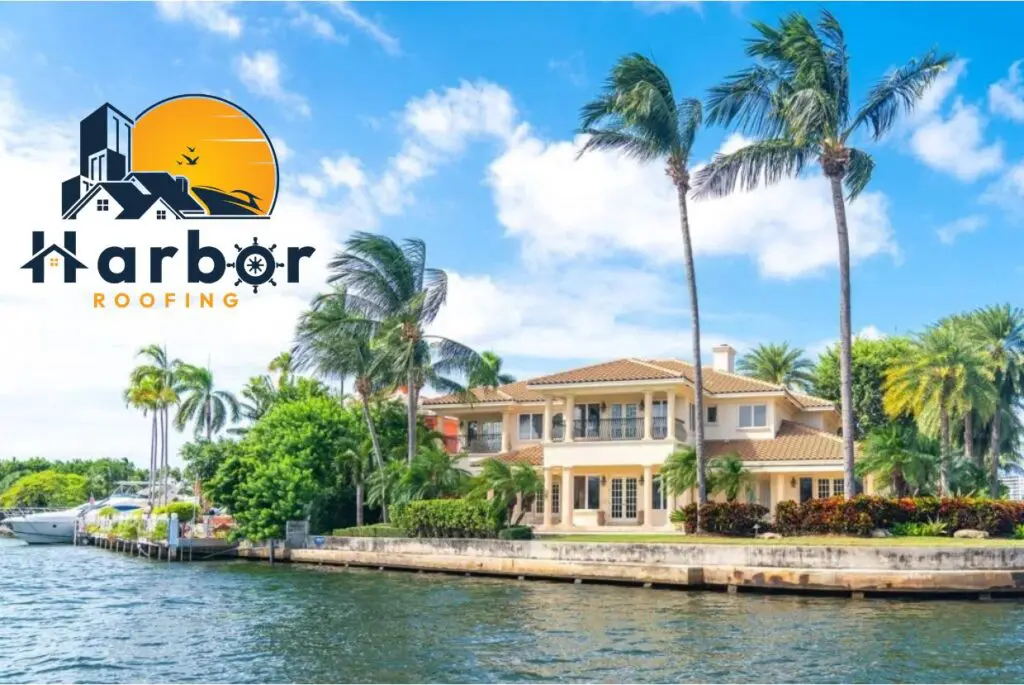
1. Metal Roofing
If you own a waterfront property in the Tampa Bay area, metal roofing is easily one of the smartest investments you can make. Waterfront homes face harsher conditions than inland homes, and metal roofs are better suited to handle them than almost any other material. Florida’s salty air can erode unprotected roofing materials, but metal holds up remarkably well when it has the right coating. It also performs well under intense heat, humidity, and strong coastal winds, making it a dependable choice for long-term protection.
Metal roofing is also one of the most energy-efficient options available for installation. Since it reflects a lot of the sun’s heat, your home stays cooler, especially during brutal Florida summers. It’s low-maintenance, long-lasting, and available in multiple styles, so you don’t have to sacrifice appearance for durability.
Why it works:
- Resists salt-air corrosion when coated properly
- Holds up to strong coastal winds
- Reflects heat, keeping your home cooler
- Requires very little maintenance
- Lasts 40–70 years
When choosing metal roofing for your Tampa Bay home, look for aluminum or galvanized steel with PVDF coatings (often called Kynar 500). They perform best in coastal environments because they resist fading, rust, and chalking.
2. Clay and Concrete Tile Roofing
Tile roofing is practically made for Florida’s climate. It performs exceptionally well in hot, humid conditions, and it provides excellent protection during coastal storms. Because tiles don’t rot, rust, or absorb moisture, they are naturally resistant to many of the problems that affect other roofing materials near the water. This makes them a reliable option for waterfront homes in the Tampa Bay area.
Beyond performance, tile roofs offer a beautiful finish that complements Florida’s architectural style perfectly. Homes in coastal areas often feature clay or concrete tiles for their clean, timeless appearance. They’re also known for staying cool, since the air gaps beneath the tiles help reduce heat transfer into the home.
Why it works:
- Highly durable in high heat
- Won’t rot, rust, or attract pests
- Withstands strong winds when installed correctly
- Long lifespan of over 50 years
- Excellent for energy efficiency
The main thing to watch for is the weight. Tile roofs are heavy, so your home must have a sturdy structure to support them.
3. Slate Roofing
Slate roofing is one of the most premium roofing options available, and it shines in waterfront environments. Since slate is a natural stone, it doesn’t corrode, warp, or weaken when exposed to salt air or humidity. It’s one of the most weather-resistant roofing materials in the world, and it withstands storms, wind, heat, and heavy rain with ease.
Homeowners who want a luxury roof that they’ll never have to replace often choose slate. Its lifespan can exceed 100 years, making it a once-in-a-lifetime installation for many properties. It also offers an upscale, timeless appearance that adds immediate value and character to any home.
Why it works:
- Naturally resistant to salt air
- Fireproof and extremely weather-resistant
- Incredible longevity
- Beautiful, upscale appearance
It does come with two challenges: weight and cost. But if your home can support it, slate is practically an “install-it-once” solution.
4. Asphalt Shingles
Asphalt shingles are the most widely used roofing material in the U.S., but they need to be chosen carefully for waterfront areas. Standard shingles tend to age more quickly when exposed to salt air, humidity, and intense sunlight. That said, modern architectural and designer shingles can still perform well if your home is not sitting directly on the shoreline.
For homes in places like Brandon, Valrico, or areas slightly inland from the bay, upgraded shingles can be a cost-effective and reliable choice. They’re easier to install, come in many styles, and have improved features that help them resist algae, wind, and storm damage.
Best options for Tampa Bay waterfront areas:
- Algae-resistant shingles (Florida humidity grows algae fast)
- Impact-resistant shingles (for storms and debris)
- High-wind rated shingles
These shingles won’t last as long as metal or tile near the water. However, they’re a budget-friendly option that performs decently with proper maintenance.
5. Synthetic Roofing
Synthetic roofing has become a popular choice, particularly for homeowners seeking the appearance of premium materials without their drawbacks. These roofs are made from engineered polymers, offering the appearance of slate, tile, or wood shakes while being more durable and lightweight.
In waterfront areas, synthetic roofing outperforms wood and sometimes even surpasses asphalt. It doesn’t absorb moisture, and it holds up well against mold, algae, and salt air. Synthetic roofs are also impact-resistant, which is a significant advantage in storm-prone regions like Tampa Bay.
Why it works:
- Lightweight but very durable
- Mold-resistant and moisture-resistant
- Superior impact resistance
- Good salt-air resistance
- Often cheaper than real slate or tile
If you want the look of natural materials without the cost or weight, this is a great middle ground.
What Matters Most for Waterfront Roofing in Tampa Bay

Waterfront homes have distinct roofing needs compared to those in inland areas. Here’s what your roof absolutely must handle:
Salt-Air Resistance
Waterfront homes deal with salty air every single day, and salt is particularly harsh on roofing materials. It speeds up rust, weakens fasteners, and breaks down coatings if the roof isn’t designed for coastal environments. That’s why the type of material and the quality of the finish matter so much. Metal roofs with PVDF coatings and tile roofs withstand salt exposure remarkably well. In contrast, unprotected steel and low-grade shingles tend to deteriorate much faster.
High Wind Speeds
Tampa Bay is no stranger to hurricanes, tropical storms, and strong coastal gusts. Your roof must be able to withstand high winds, which means selecting a material that locks tightly in place and won’t lift, peel, or crack. Metal roofing, tile roofing, and high-wind-rated shingles are designed to resist uplift and remain secure during storms. Picking the proper installation method is just as important as choosing the right material.
High Humidity
Florida humidity is no joke. Constant moisture in the air affects roofing materials in different ways. Wood can warp, asphalt shingles can blister or grow algae, and metal can corrode if not properly coated. Humidity also infiltrates attics and weakens the roof from the inside out if you don’t handle ventilation correctly. Coastal homes require materials that don’t absorb moisture and can withstand constant damp conditions without compromising their strength.
Intense UV Exposure
The Florida sun is harsh, especially near the water where sunlight reflects off the bay. UV exposure fades colors, dries out materials, and weakens cheap roofing products over time. The right roof should have protective coatings or natural UV resistance, allowing it to withstand years of sunlight without curling, cracking, or breaking down. Metal roofing with reflective coatings and tile roofing both perform well under strong UV conditions.
Mold, Algae, and Mildew
Waterfront homes naturally experience more biological growth because moisture remains in the air for extended periods of time. You’ll see algae streaks, moss patches, and mildew build-up quickly if the roofing material isn’t resistant to them. Some materials, such as tile and metal, naturally discourage growth, whereas asphalt shingles require special features to resist algae growth. Good airflow and proper roof cleaning also help keep growth under control.
What Is the Best Roof for a Waterfront Home?
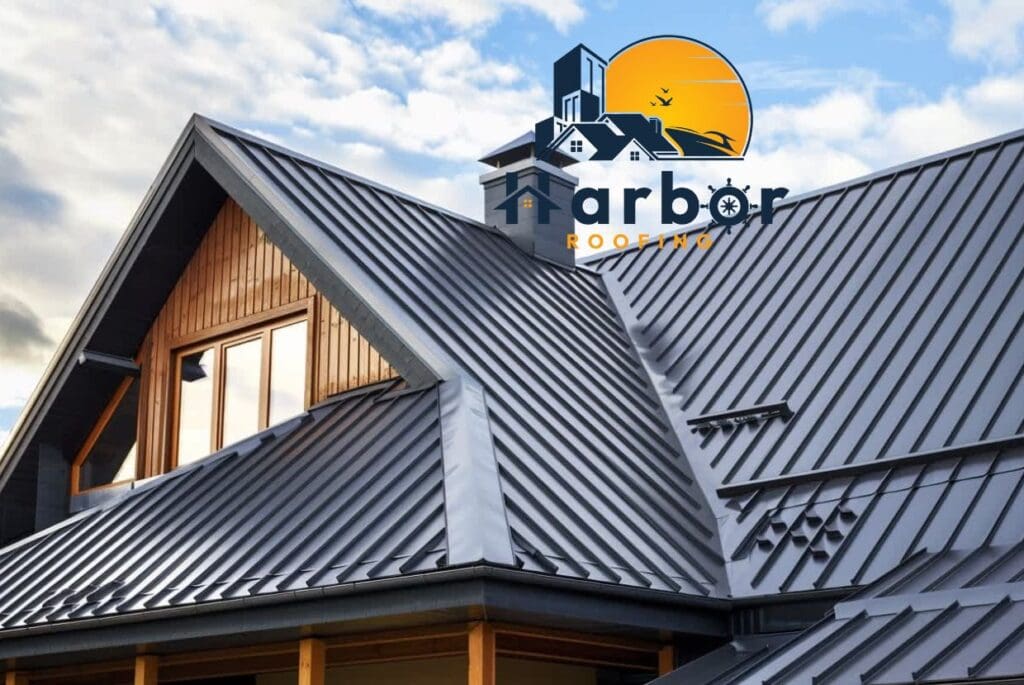
If we had to recommend one option that consistently performs well, aluminum or steel metal roofing with a PVDF (Kynar) coating comes out on top. It’s durable, long-lasting, energy-efficient, and built to handle salt air, harsh sun, high humidity, and strong winds. In short, it checks every important box for Tampa Bay’s waterfront conditions.
Conclusion
Waterfront homes in Tampa Bay face unique challenges. However, the right roofing material can protect your home for decades. Whether you choose metal, tile, slate, synthetic, or upgraded shingles, the goal is to select a roof that can withstand Florida’s weather without requiring constant repairs.
At Harbour Roofing, we help Tampa Bay homeowners choose roofing options that are suitable for their homes, budgets, and locations. If you’re planning a roof upgrade for your waterfront property, we’re here to guide you through the best choices for long-term protection.
Frequently Asked Questions
How often should I inspect my roof if I live near the water?
Waterfront homes require a little extra care due to the salt air, humidity, and constant exposure to strong sunlight. We recommend a professional roof inspection once a year, plus an additional check after major storms or hurricanes. Regular inspections help catch minor issues before they turn into expensive repairs.
Does salt air really damage roofing materials?
Yes, salt air can accelerate corrosion, particularly on metal components such as fasteners, flashing, and uncoated roofing panels. That’s why material choice is so vital for coastal homes. Options like aluminum, galvanized steel with PVDF coatings, tile, slate, and synthetic roofing handle salt exposure much better than standard materials.
